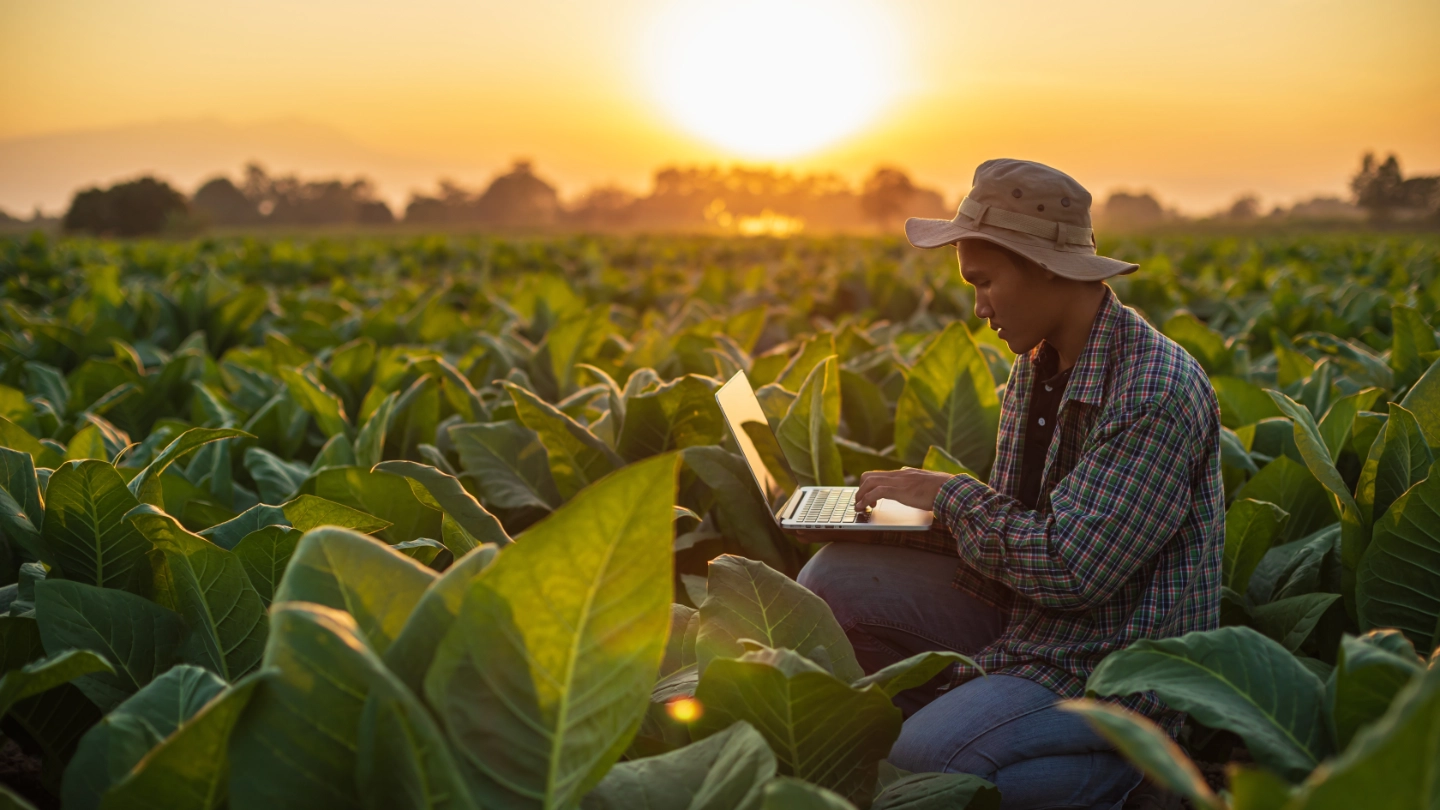
Last year tight credit conditions and high inflation weighed on household real incomes across most of the world. While demand for food and beverages is inelastic compared to other consumer goods due to its essential nature, demand for non-essential food products decreased.
Output growth of about 3% expected in 2024 and 2025
This year we expect global food and beverages output to increase 2.8%, followed by 3.1% in 2025. Investment will grow 2.3% and 3.9% respectively. In 2024 all food price indices are expected to decrease, though only mildly. This scenario is dependent on good harvest conditions outweighing the impact of El Niño and India’s export restrictions on rice. That dependency on changeable weather conditions highlights the level of uncertainty of food price forecasting.
Geopolitical tensions remain downside risks for agricultural and food price developments. A major escalation of the Russia-Ukraine and/or the Israel-Hamas wars could lead to another energy and food price shock, raising the cost of inputs for producers and lead again to rising food inflation. Another key risk relates to the impact of El Niño, which could disrupt global food supply, putting upward pressure on prices.
Please download the report below to read more about the sector´s performance and credit risk situation in the Americas, Asia-Pacific and Europe.






























